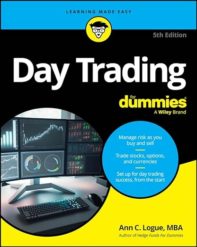The Africa blogging project has been delayed by reading! I just finished another long book about a small country, Warriors at Work: How Guinea Was Really Set Free
, by Mustafah Dhada. It’s the story of the country’s revolution against Portugal. Guinea, now known as Guinea-Bissau, attracted Portuguese slave traders in 1446. Portugal didn’t achieve control until 1915, and the people of Guinea-Bissau were never happy about their presence. The revolution was led by Amilcar Cabral, who was assassinated in 1973. His party, the Partido Africano da Independência da Guiné e Cabo Verde (“African Paety for the Independence of Guinea and Cape Verde”, also known as PAIGC), fought the war. Much of Cabral’s strategy was to train the fighters in how to live in the country while fighting, which meant the establishment of open-air hospitals and schools, along with the encouragement of farming and a barter economy. This way, the people of Guinea-Bissau could learn how to be self-sufficient in anticipation of independence.
It was an interesting book. Logistics make all the difference in fighting. Figuring out how troops will get food is a huge issue. If the soldiers are hungry, they won’t fight!
Cabral’s plan won the war, but it didn’t lead to a stable new government. His half-brother, Luis Cabral, became the first president of Guinea-Bissau, but he was removed from office. In fact, no leader has served a full term since independence, which pretty much tells you all you need to know.
Guinea-Bissau has 1.7 million people and a GDP per capita of $1200. The nation’s legal industries are agriculture and fishing, but it is widely acknowledged that the country’s leading business is the narcotics trade. The country has a convenient location between Europe and the Americas that made it a key stop in the slave trade; it’s now a great location for the drug trade for the same reason.
As long as the country has an unstable government and an illegal economy, it’s not going to have economic growth any time soon.
While reading about this part of the world, I know understand why there are so many small countries in the region. Senegal, the Gambia, Guinea, and Guinea have fewer than 5 million people between them. They were part of different colonial systems – French, English, Portuguese, Spanish – which have created differences that are greater than the ethnic and historic similarities. Sometimes, it seems like the solution for these poor countries in Africa is to unite, to form a United States of Africa or something. But it’s not easy. The European Union has been struggling despite enormous economic incentives to make union work. The United States has plenty of internal fracture and a history that includes a horrible civil war. Wisconsin isn’t Illinois, right?
Next up: Guinea. Which is neither Guinea-Bissau nor Equatorial Guinea.



